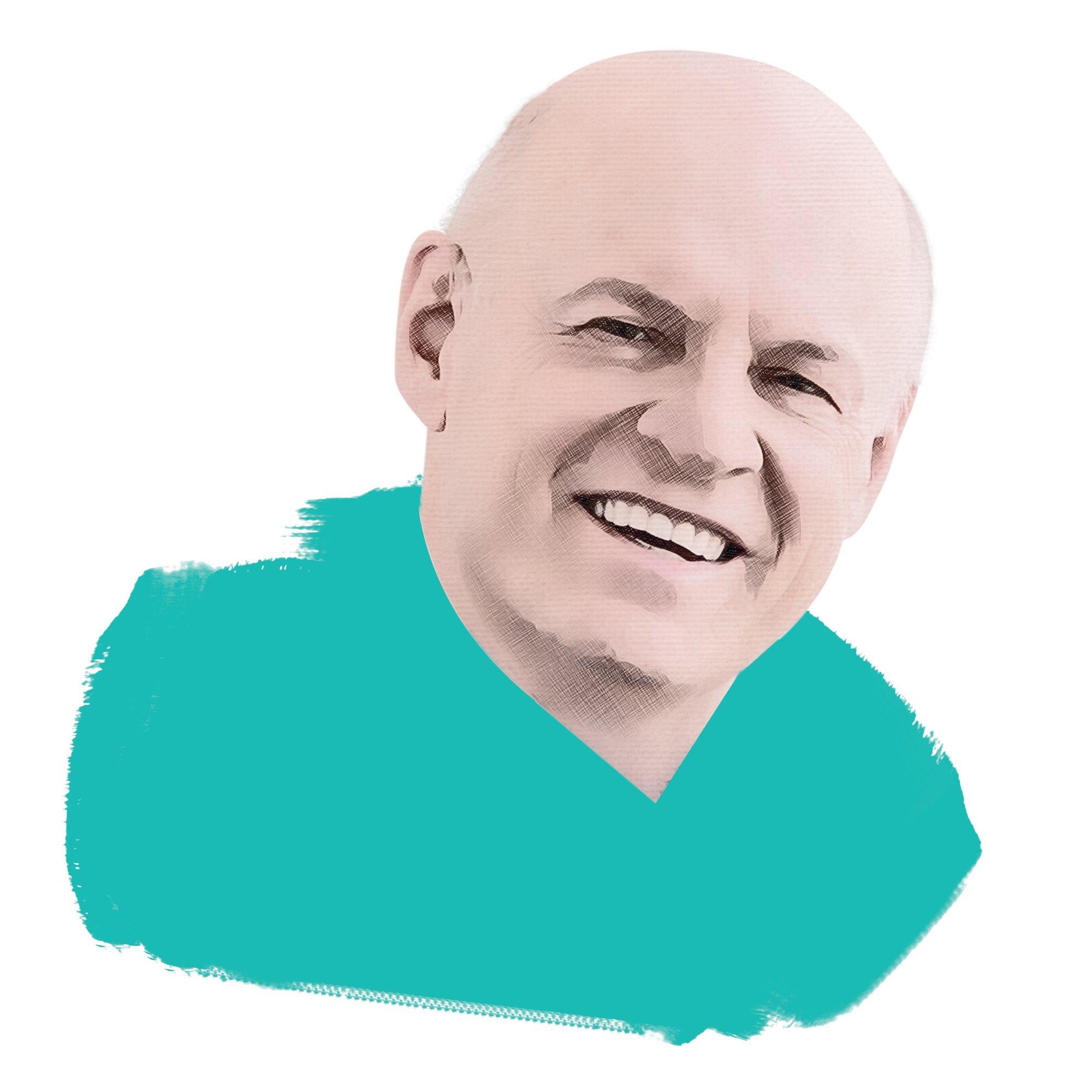The builders, backroom workers and innovators shaping where Canadians live

April 1, 2024
1. Tiff Macklem | Governor, Bank of Canada
You’re damned if you raise interest rates and damned if you don’t. Our central banker is the reluctant main character in Canada’s real estate drama.
In Canada, you can’t escape winter, taxes or, these days, the white-hot inflation of the housing market, whether you’re in a big city or a small town. The price tag for a single-family home in Greater Vancouver is now $2 million. Some bungalows in rural PEI have doubled in price since the start of the pandemic. Renting in Toronto has become so competitive that renters are demanding an impeccable resume. Homelessness has skyrocketed everywhere.
2. Sean Fraser | Minister of Housing, Infrastructure and Communities
For cajoling reluctant cities to build more housing
When Sean Fraser took up his new ministry last July, he immediately appointed himself the national housing police. As administrator of the government’s $4 billion Housing Accelerator Fund—aimed at helping municipalities build housing faster—he is upping the ante for communities that want federal money, insisting on the kind of ambitious, pro-housing reforms which most have resisted for a long time. That means selectively providing funding to municipalities that eliminate single-family-only zoning, allow greater density near public transportation and universities, and generally make construction easier. Some city officials have compared it to bribery. But if it is, it has been successful, and communities across the country – from St. John’s to Toronto to Victoria – have rushed to change land-use regulations. If they refuse? Better luck next time, as cities like Windsor, Ontario and Vernon, BC, have discovered.

3. Khelsilem and Mindy Wight | President of the Squamish Nation and CEO of Nch’ḵay̓
For building Canada’s future on indigenous lands
In 2022, the Squamish Nation broke ground on Sen̓áḵw, a $3 billion high-rise development in Vancouver, built on Squamish reserve land, to house approximately 10,000 people. To build it, Khelsilem, president of the Squamish Nation council, and Wight, executive director of the nation’s economic development arm, secured a $1.4 billion federal loan, the largest ever awarded between the feds and a First Nation. Last year brought another victory: The nation defeated a group of residents who tried to block the project with a lawsuit. When completed in 2030, Sen̓áḵw will stand (very) tall as a demonstration of Indigenous sovereignty and the scale of development needed to address Canada’s housing shortage.

4. Michael Walsh | CEO, Leon
It is transforming large surfaces into homes
Furniture magnate Michael Walsh is donning his helmet. In January, he announced that his company will build 4,000 residential units on 40 acres of land he owns in Toronto. Filling his properties with townhomes and condominiums is part of Walsh’s master plan for the company, along with transforming part of Leon into a REIT and possibly building more homes on land he owns across Canada. Walsh’s announcement was praised by the chief economist of the Canada Mortgage and Housing Corporation, who challenged other homeowners to do the same. It is also a good business move. As e-commerce sinks contemporary majors, new areas of growth will be key to León’s survival. And what better way to sell furniture than to build more homes?

5. Gaëtan Royer | CEO, Massive Canada
To cool prefabricated houses again
Gaetan Royer is putting the finishing touches on a 91,000-square-foot, $75 million plant in British Columbia that will produce prefabricated apartments, townhomes and laneway homes made from solid wood. Engineered wood is easy to find in British Columbia’s treescape and is light enough that Royer’s team can assemble modular buildings like Lego blocks right at their jobsite. Massive Canada has already built and shipped a six-story residential project; Their goal is to build double the height by this summer, providing up to 100 new housing units per project. The British Columbia government has supported the plant with $10 million in funding, and it’s easy to see why: mass timber is a relatively quick and cheap way to build compared to concrete and steel, and it produces more housing more efficiently.

6. Daniel Fournier | Executive chair, Oxford Properties
It’s turning Ontario’s largest mall into a mini-city
Just one year after assuming his leadership role at the developer giant, Daniel Fournier is leading the transformation of Mississauga’s Square One shopping center into the Square One district – a retail and residential complex that will become the largest of its kind in the Canada’s history. The multi-million dollar redevelopment will convert a strip of underused suburban parking into 18,000 homes, spread over 50 hectares, connected to a nearby LRT station. Construction will take decades, but the first phase will be completed this year, providing some relief to the GTA’s lagging housing supply. Fournier’s is the largest of several similar projects across the country, part of a collective rethink about how to best use our massive shopping centers in an era of housing shortages.

7. Courtney Cooper | Partner, Alate Canada
For being a pioneer in a very traditional industry
As housing costs in Canada remain high, so does the demand for proptech – real estate technology companies that apply information technology to the real estate industry. Increasingly, its top talents, like Courtney Cooper, are appearing in the spotlight. In 2019, Cooper co-founded Proptech Collective, an association connecting proptech startups in Canada. More recently, he joined Alate Partners, a venture capital fund that has backed companies such as PadSplit, a real estate marketplace that helps low-income people find rooms to rent, and Promise Robotics, which aims to automate aspects of construction to improve affordability. Cooper was promoted from director to partner at Alate last November, becoming one of the few women in Canada to lead a venture fund.

8. Lucie Andlauer | Subterra CEO
For making Canadian construction greener
Geothermal energy is the renewable energy source par excellence: thermal energy generated by the constant decay of radioactive particles in the Earth’s core. Lucie Andlauer discovered the power of it decades ago when she installed a geothermal heating system on her own property. In 2017, she founded Subterra Renewables and began installing geothermal energy systems in residential buildings in Ontario, drilling ground heat pumps that extract natural energy from bedrock. In February, Subterra reached an agreement with energy services company Enercare that will install geothermal systems in multi-residential developments across the country, as opposed to typical fossil fuel systems. Subterra’s work can already be found beneath high-rise condominiums in Toronto and even on a university campus in Ohio.

9. Malik Yacoubi | CEO, Nesto
It’s simplifying mortgages
In 2018, Montreal resident Malik Yacoubi created Nesto, a direct-to-consumer digital lender aimed at making traditional mortgage brokers redundant. Six years later, he partnered with brokers to make Nesto one of the best mortgage services in the country. Yacoubi’s platform offers its own mortgage rates to qualifying users, but also acts as a search engine that connects users with a variety of lenders and brokers to help them find the most competitive deal available. Even the smallest savings are crucial at a time when home prices are soaring and interest rates are through the roof. Success has bred success. This year, Yacoubi’s company partnered with Canada Life, managing its entire residential mortgage portfolio and increasing mortgages under Nesto’s management to $10 billion.

10. Ken Sim | Mayor of Vancouver
It’s facilitating construction in Canada’s most expensive city
The rapid growth of Canada’s homeless population is forcing cities across the country to grapple with new homeless encampments, and not all municipal leaders have made peace with the idea. Ken Sim, whose homeless population in the city has increased by a third since 2020, oversaw the dismantling of dozens of tents last year and said he would “absolutely” do it again, citing safety concerns such as fires and injuries. His administration has been criticized for heavy-handed tactics, but he hopes to address homelessness with a seven-piece plan aimed at stripping Vancouver of the title of Canada’s most expensive city. It will allow townhouses, multiplexes and low-rise buildings in more areas, increase the maximum width of residential towers, continue to crack down on Airbnbs and allow medium-density housing on city-owned land. Better late than never.
This story appears in the May issue of Maclean’s. You can buy the issue. here or subscribe to the magazine here.
